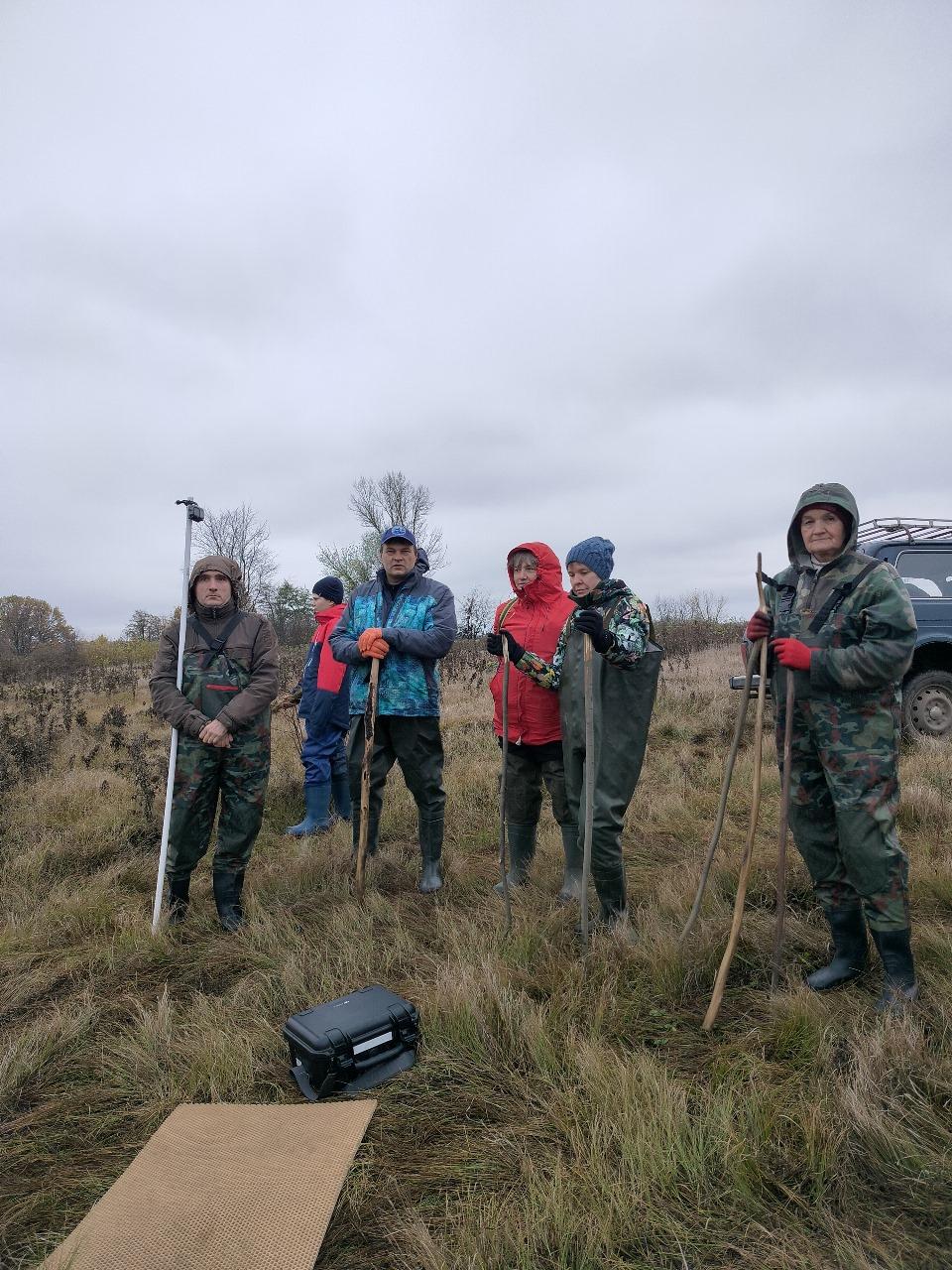
Based on the results of the work, experts of the project "Russian desman - take care today so as not to lose tomorrow" Maria and Alexander Onufreni came to the conclusion that the habitats of the Russian desman need constant protection. This is the only way to restore the population of a unique species, the number of which has been critically declining in recent years.
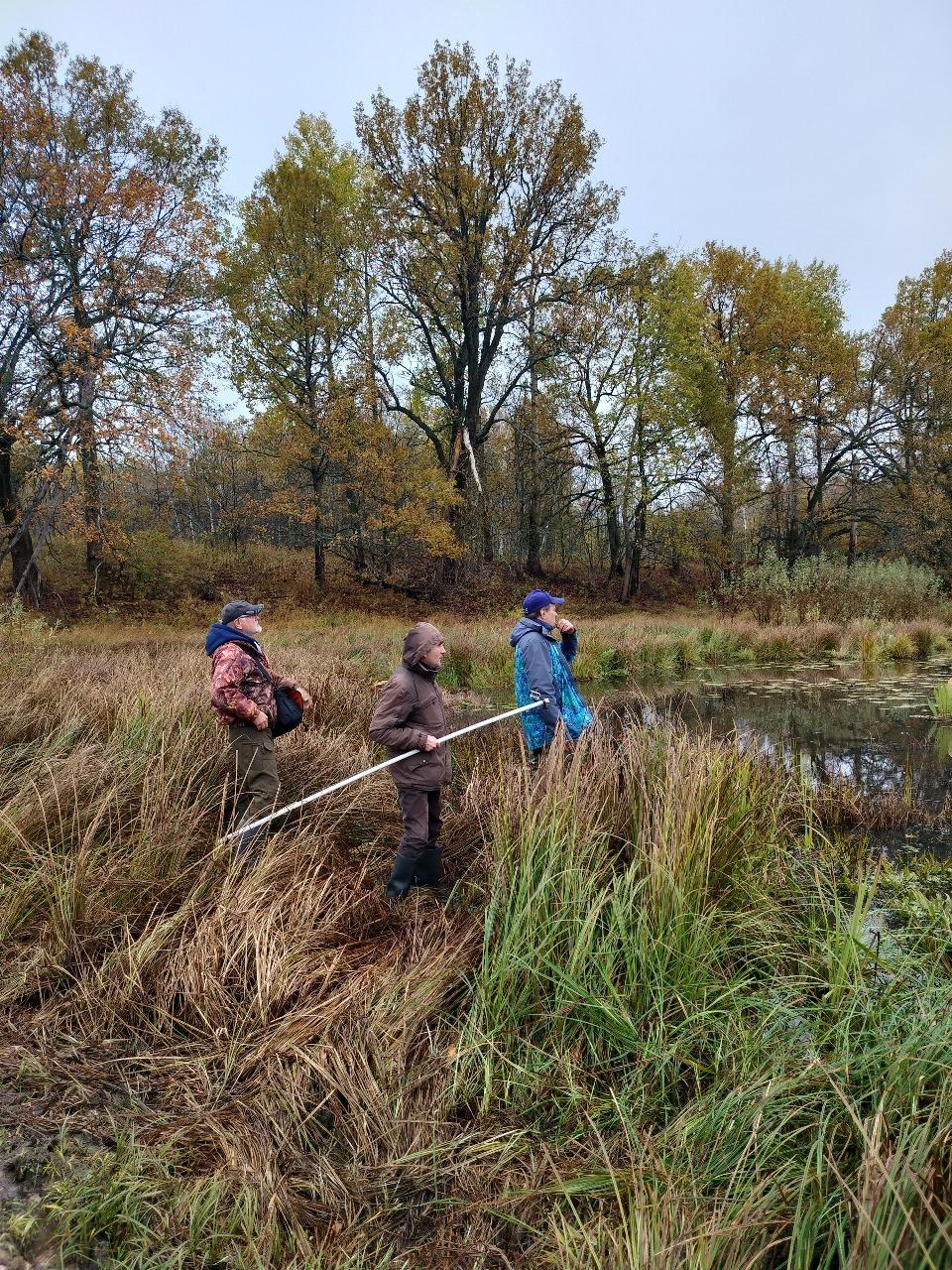
The Oka River basin is still one of the key habitats of the desman in Russia. The largest floodplain areas where this rare animal finds refuge are located in the Kaluga, Ryazan, Vladimir and Nizhny Novgorod regions. Scientists monitored the population in these regions.
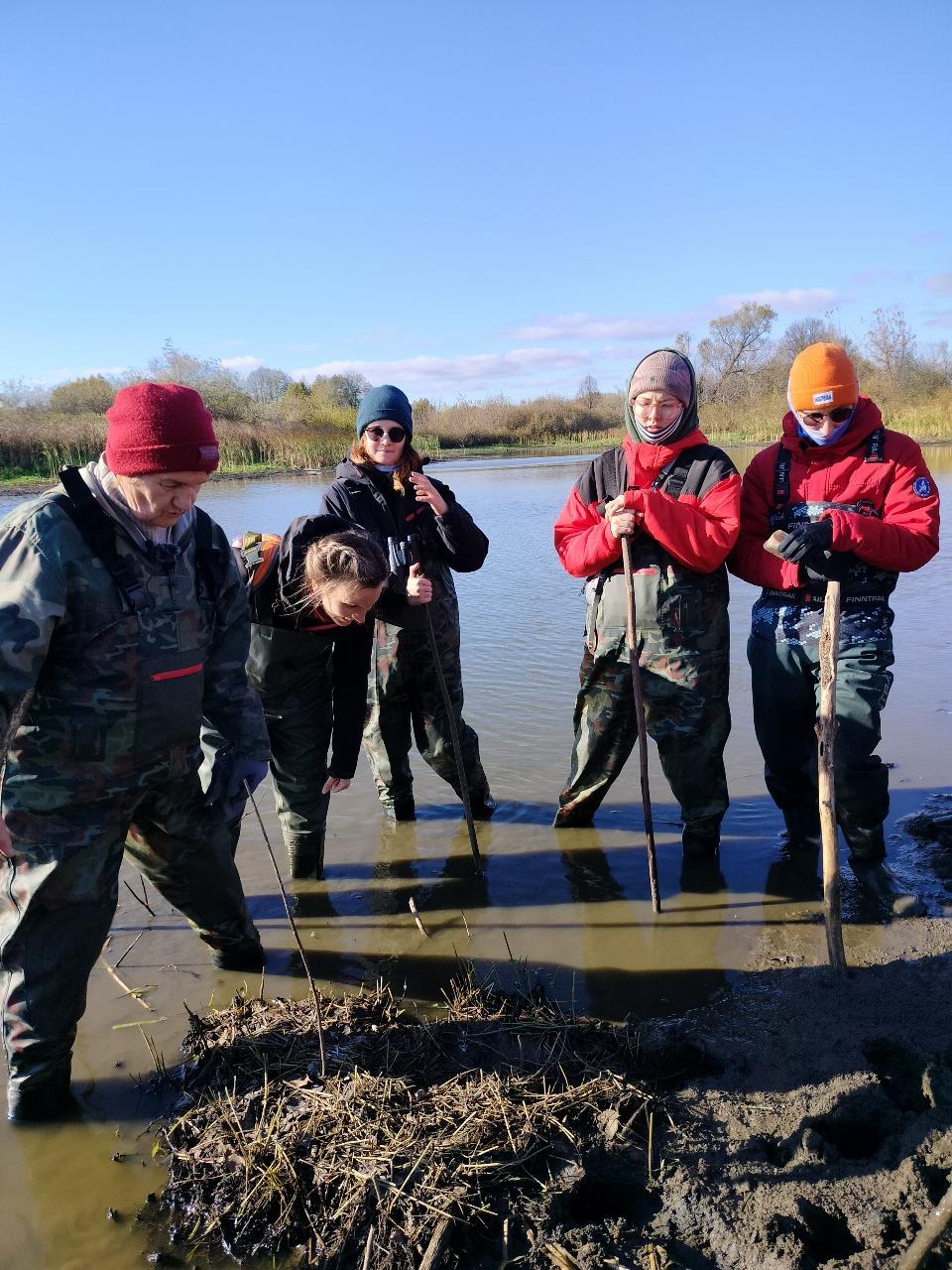
This study was the most detailed in recent years. In some areas, scientists had not conducted work for more than 10 years, and some areas were being studied for the first time. The expedition lasted one and a half months, during which 158 floodplain water bodies were examined. The total length of the routes along the banks was 165 km, and 432 desman burrows were recorded. The relative number of animals varied from 1.4 to 4 burrows per 1 km of the coastline in different parts of the Oka floodplain.
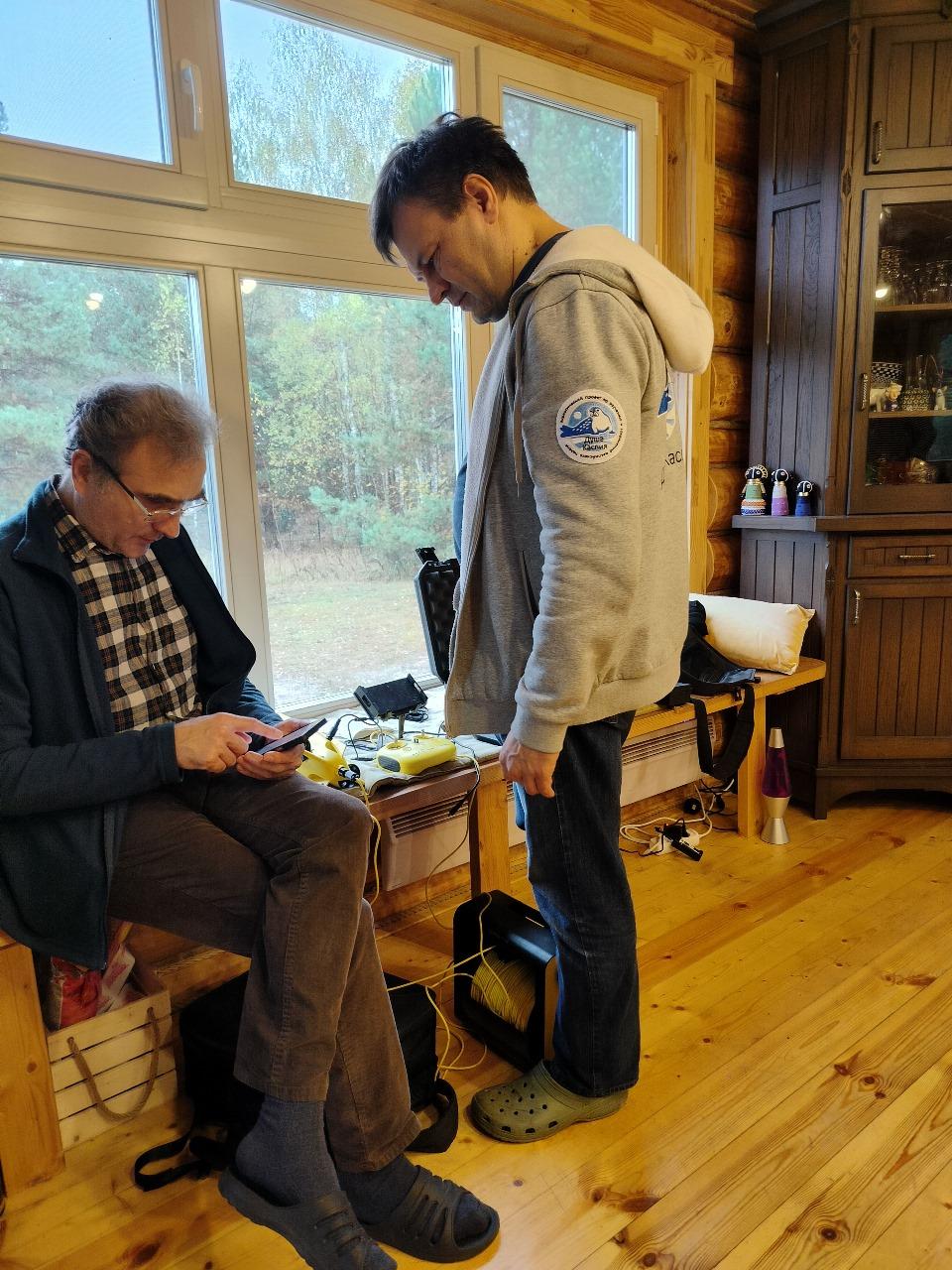
The most favorable conditions for the desman are created in the Kaluga region, on the territory of the Ugra National Park. Thanks to the protected status of this natural zone and minimal human impact, the population here remains stable and is at a fairly high level.
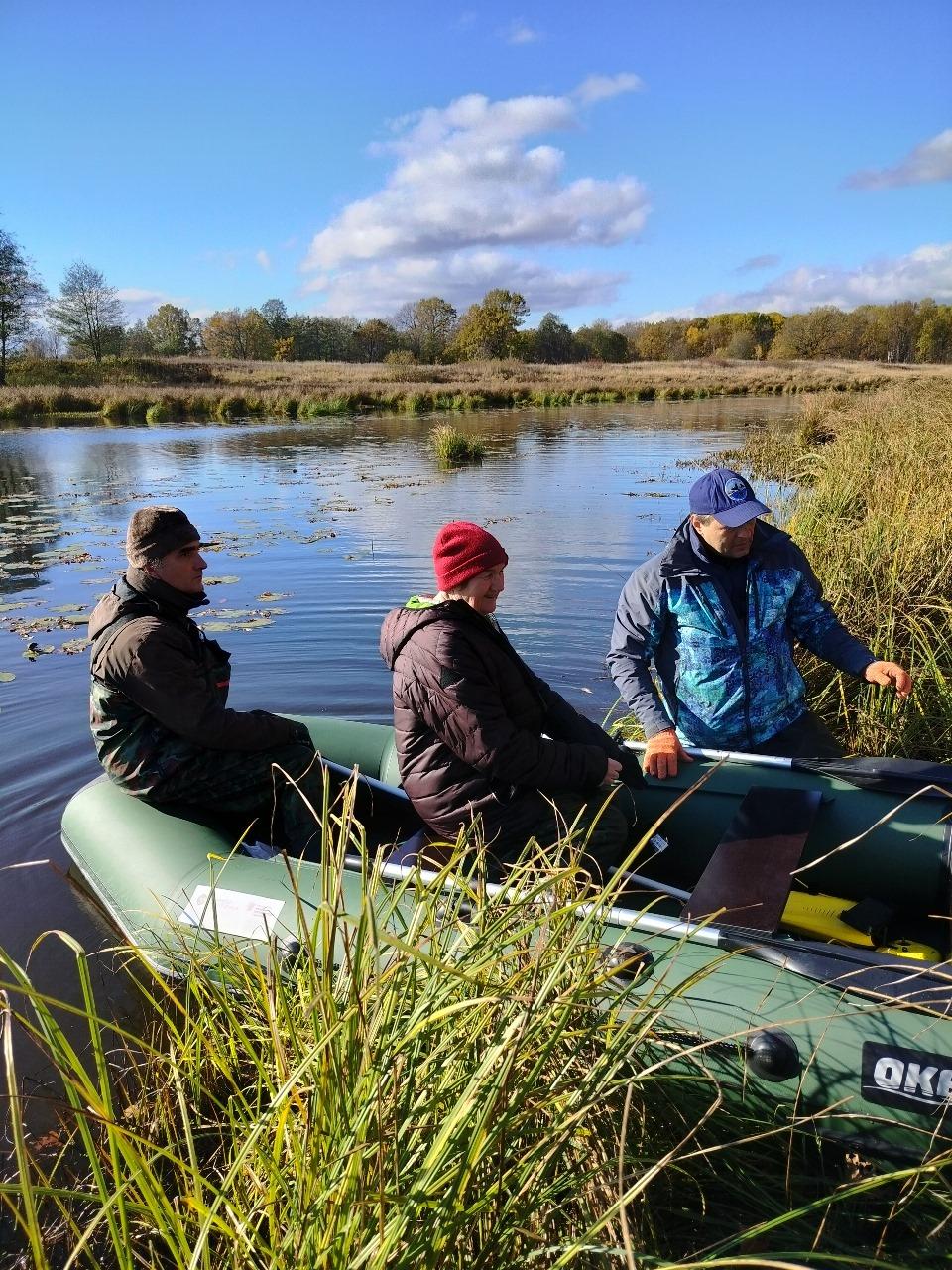
The situation in the Vladimir and Nizhny Novgorod regions highlights the importance of protecting floodplain water bodies. Despite the fact that these territories are ideal for the desman to live in, strong pressure from poachers using illegal gear and nets prevents the population from increasing. At the moment, it remains relatively stable, but has decreased by 17% - from 780 to 650 individuals. Experts are convinced that eliminating illegal fishing will increase the species' numbers by 7-10 times.
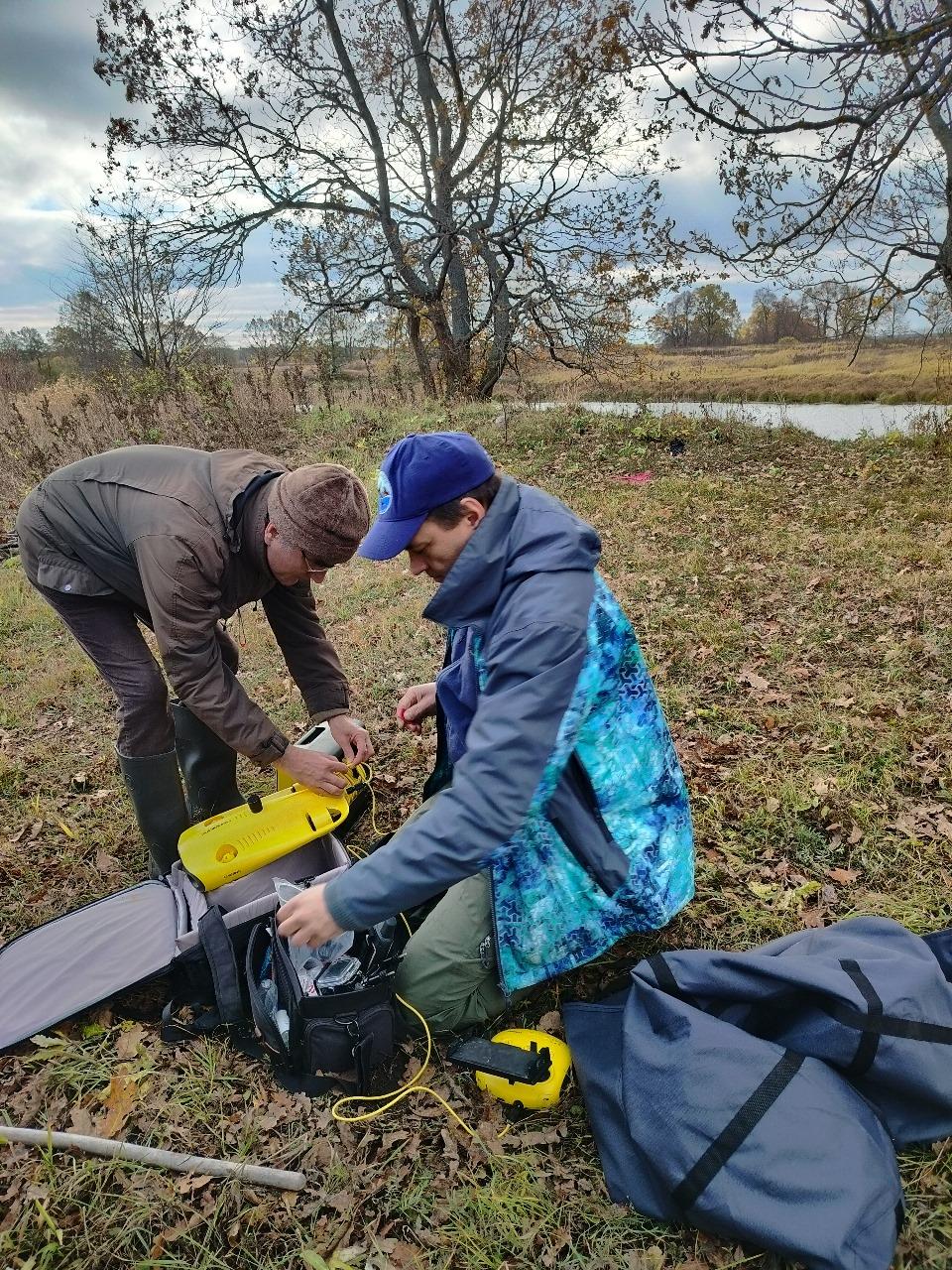
The most difficult situation is in the middle reaches of the Oka. Over the past 15 years, the absence of spring floods and prolonged autumn droughts have led to a significant reduction in the area suitable for the desman. If in 2009-2010 in key habitats in the Ryazan region there were 1800-2000 individuals, now their numbers have decreased by 60% - to 750-800 animals. Even in the Oka Reserve, where a strict protection regime is in place, the population has decreased by more than half. The main task in this region is the restoration of degraded floodplain lands in the reserve's protected zone.
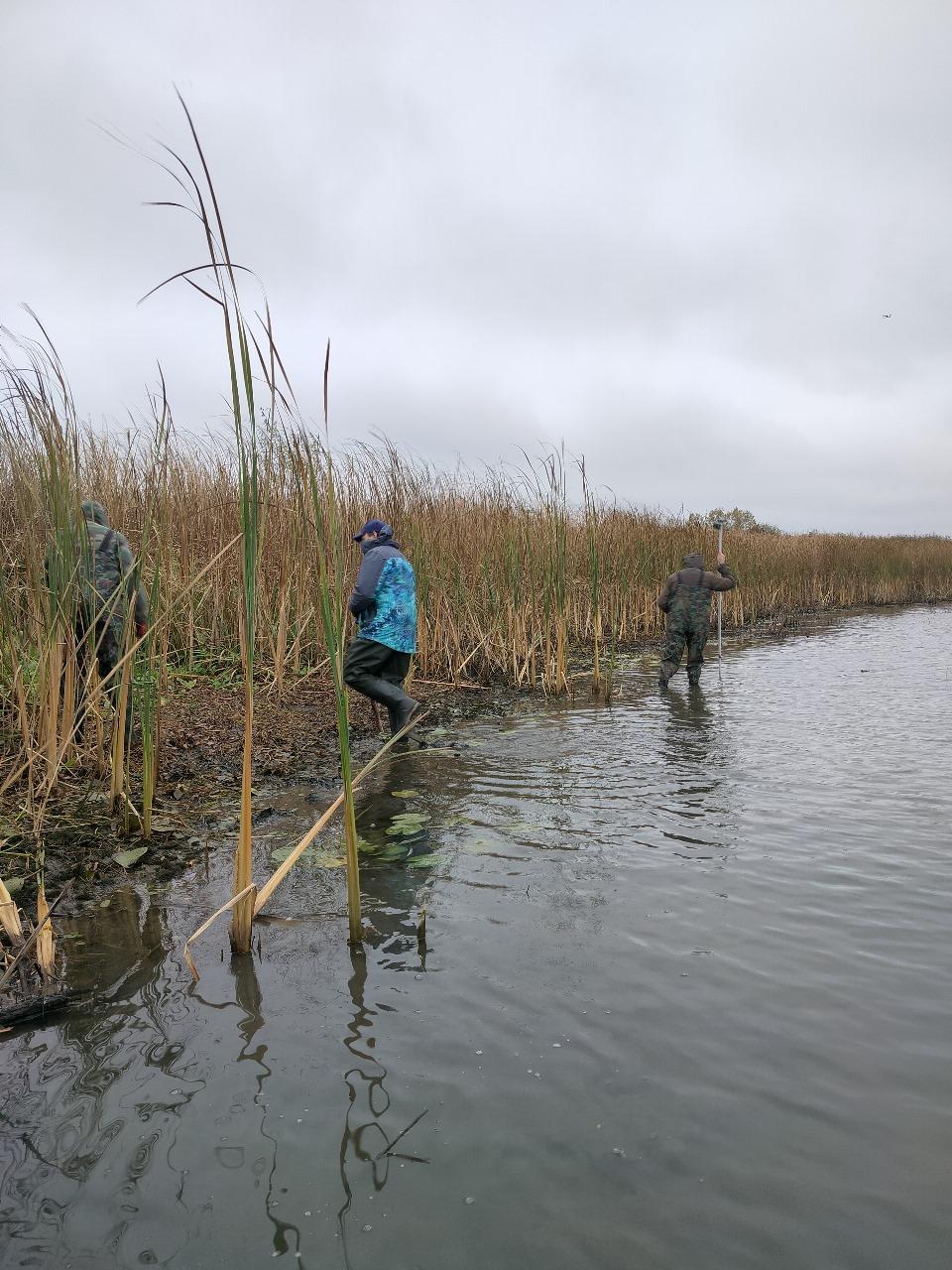
Employees of the A.N. Severtsov Institute of Ecology and Evolution of the Russian Academy of Sciences (IEE RAS) took part in assessing the population of desmans in the Spassky District of the Ryazan Region. Among other things, modern means were used - an echo sounder and an underwater drone. The following employees took part in the expedition to search for desmans: Dmitry Glazov, Yulia Ganitskaya with her dog Zhuzha, Svetlana Artemyeva, Pavel Chukmasov, Milena Morozova, Polina Shibanova, Natalya Kryukova, Evgeny Nazarenko, Maria Slavina.
The project "Russian desman - take care today so as not to lose tomorrow" is implemented by the non-profit partnership "Partnership for Nature Reserves" using funds from a grant from the President of the Russian Federation for the development of civil society.
